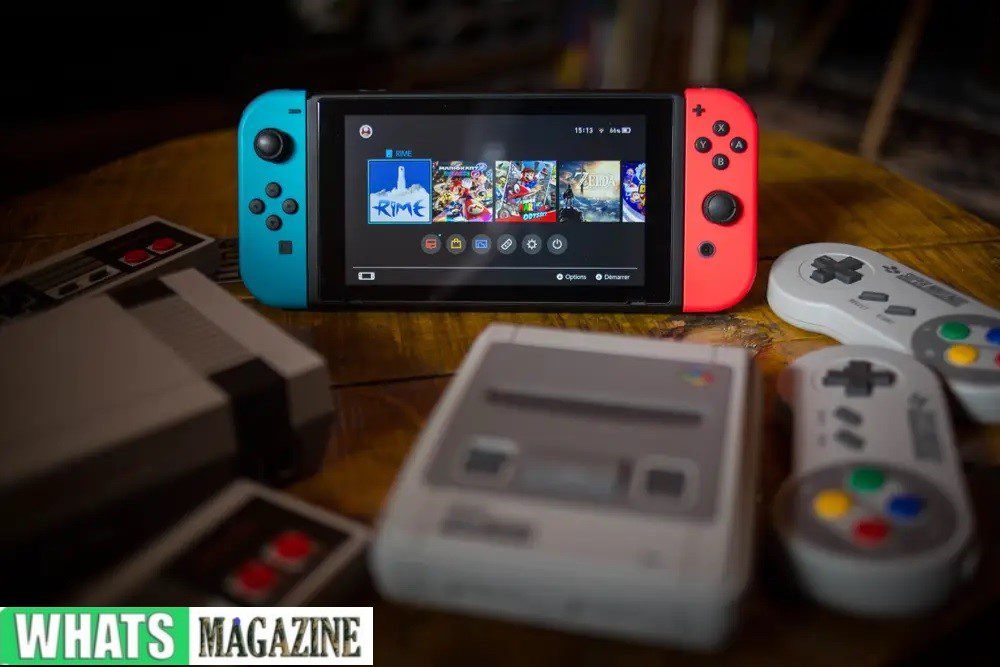Before the iPhone popularized the smartphone in 2007, mobiles as gaming devices were usually derided as silly distractions at best. In just fifteen years since that point, however, mobiles rose to become the most profitable part of the gaming market making up 60% of profit and bringing in $136 billion in 2022. Of course, mobile games are still often regarded as separate from their PC and console cousins, but this might not always be the case.
Still underestimated, the combination of mobiles with some other common technologies could open the door to even more unprecedented steps towards a greater presence in our entertainment lives. It’s more likely than you think, with the systems that could open the doors already seeing some major steps in a mainstream rollout.
An Ideal to Strive Towards
Mobiles are already perfect for many types of casual gaming, but so far, this doesn’t apply easily to more complicated forms of PC and console types of games. This is primarily owed to three factors: screen size, control, and processing power. Each one of these factors can stop a gaming experience before the user gets started, and each needs to be addressed before mobiles can take a big next step forward.
Screen size is an issue because human eyes can only detect so much detail. This is why ultra-high resolution screens on mobiles are commonly disregarded as unnecessary because the difference between these and full HD can be negligible at best. In casual games where players don’t need to pick out fine detail, this isn’t a problem, but in hardcore games, smaller screens can place players at a real disadvantage.
Input is a problem thanks to how mobile use touch controls without tactile feedback, again on a cramped screen. If a game has simple controls, then this isn’t a problem, but since modern games on PC and consoles can require over a dozen buttons, using a mobile as a controller isn’t feasible.
Processing power is a problem because thanks to how far some types of gaming have evolved in terms of hardware requirements. Big titles like Cyberpunk 2077 and the Dead Space remake require a large amount of processing to run smoothly, which necessitates a lot of hardware and a lot of cooling. For mobiles to be mobile, these are difficult factors to balance.
For a demonstration of mobile adaptions of existing games done poorly, we have the Apex Legends Mobile game that was recently canceled by EA. Though the game had its moments, it also had issues with control, visuals, and performance that made it a poor fit for smartphones
On the opposite side of the spectrum, the entire iGaming industry has seen huge success in taking the leap to mobiles. This starts from the get-go, with free spins online casino offers being just as easy to sort through on mobile browsers as on desktop. This doesn’t just apply to claiming free spins either, as every part of the websites like Party Casino and Hey Spin also use advanced HTML 5 to work on mobiles with ease. This extends to easy-to-control games, which aren’t limited by input, space, or processing concerns.
The Technology Making a Next Step Possible
The idea behind adopting mobiles as more well-rounded gaming systems in video games means changing the way we look at them. Instead of all-in-one, smartphones could instead see success by working as mobile computers, where peripherals are connected to bypass their shortcomings.
In control, the issue would be ignored using Bluetooth controllers and keyboard/mouse setups. With this simple step, touch control limitations would be overcome, and multiplayer gameplay would open up. For display, casting to a monitor or TV would eliminate the problems caused by smaller screens, again bypassing the problems of smartphones.
Processing power illustrates the biggest challenge, but even this isn’t insurmountable. Modern games, even cutting-edge ones, are highly flexible, with different settings making a huge difference in CPU and GPU requirements. Ray tracing, for example, can make an enormous difference to requirements, but it’s something that makes little difference for most users. Game streaming to mobiles would also serve to bypass processing limitations, though this would rely on high-speed internet connections to operate at peak efficiency.
As of 2023, ways to adapt to mobile shortcomings in control, input, and processing have already appeared, and they’re already past the stumbling steps of the first generation. In the future, as these technologies improve and are increasingly standardized, they’ll only become cheaper and more effective. When that happens, expect to see mobiles slowly be taken seriously as hardcore gaming systems. Each step might not happen simultaneously, but over the 2020s, each of the limitations of mobiles will be increasingly worked around. As that happens, the cheapest gaming options might find a new home, and the existing market could see another few years of a massive shakeup.











